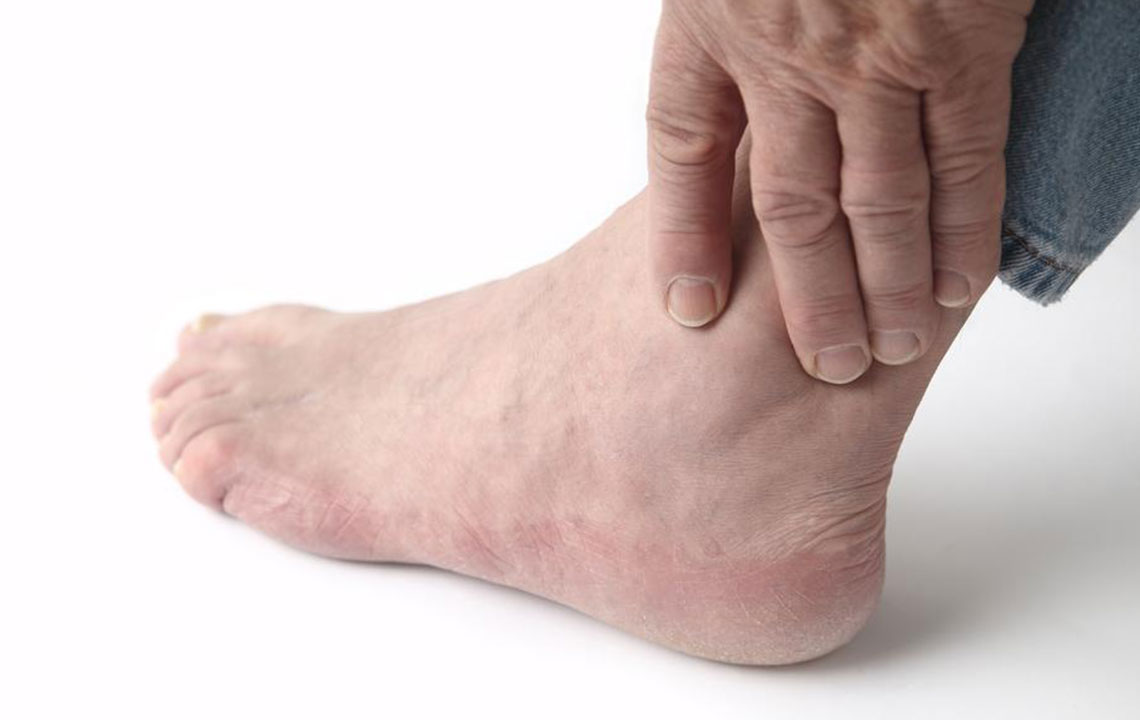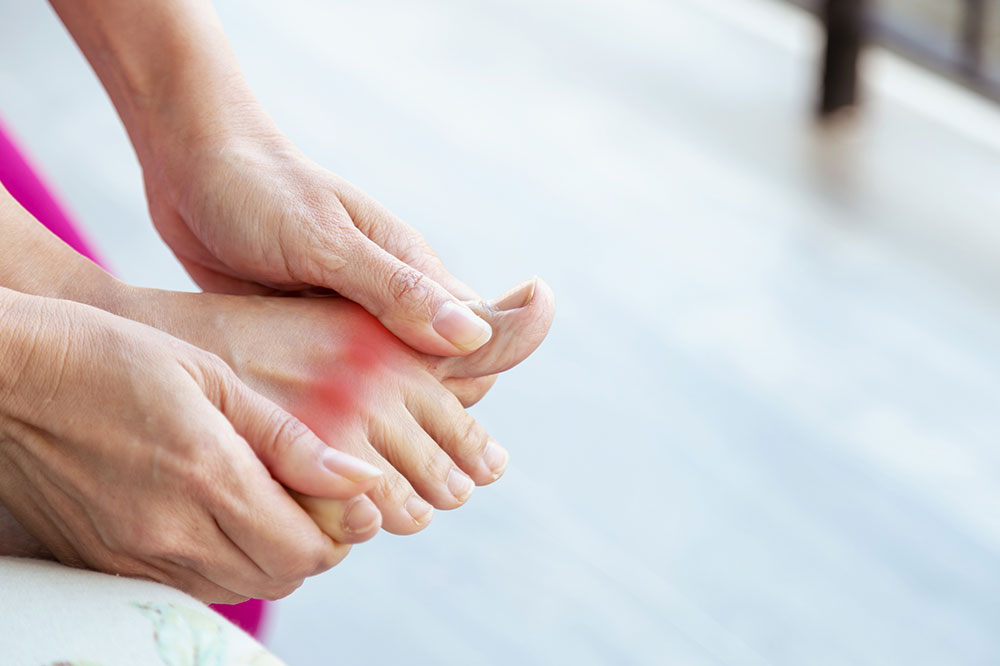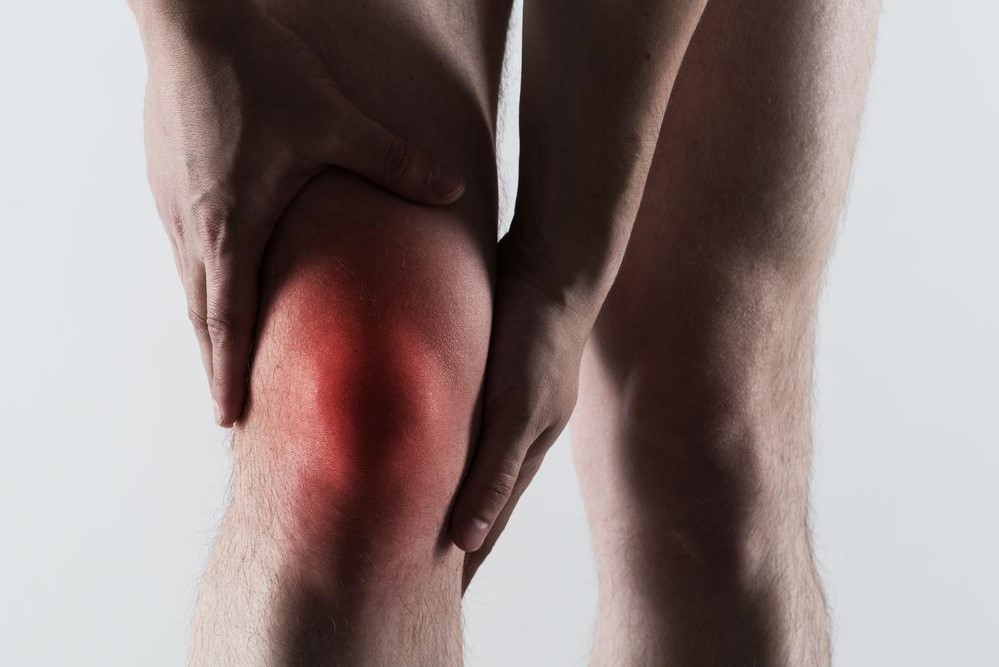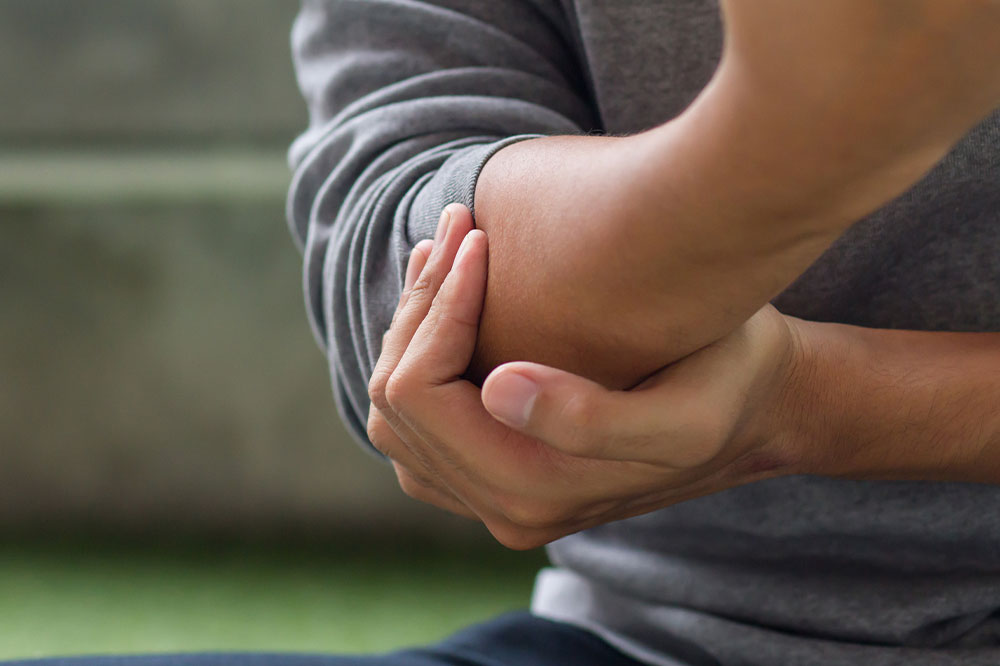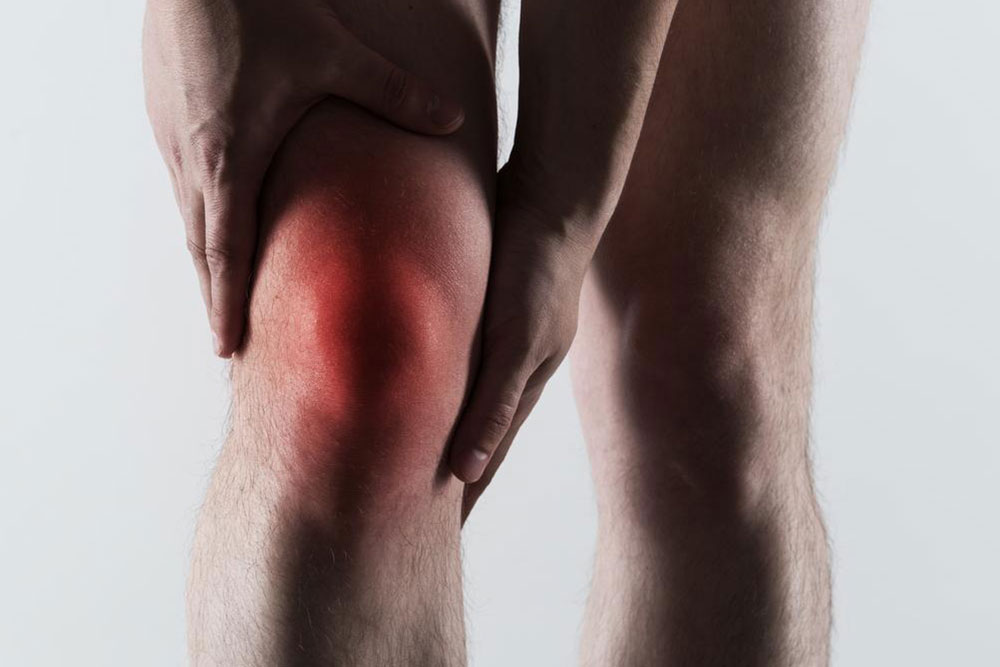Natural Strategies and Lifestyle Tips to Effectively Reduce Gout Symptoms
Discover comprehensive natural and lifestyle strategies to reduce gout symptoms effectively. Learn about diet modifications, home remedies, medication options, and preventive measures to manage gout flare-ups and prevent future attacks. This detailed guide offers practical advice for individuals seeking relief from gout pain and aiming for better joint health.
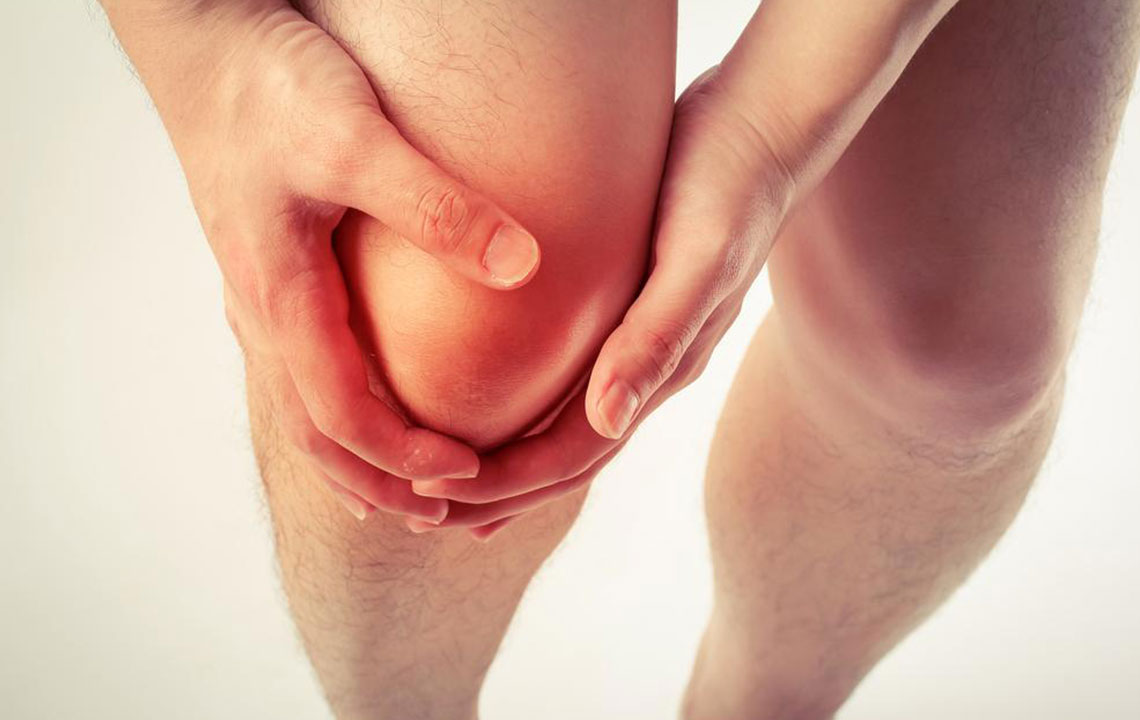
Comprehensive Natural Approaches and Lifestyle Adjustments to Relieve Gout Discomfort
Gout is a painful condition characterized by sudden and intense joint pain, predominantly affecting the big toe, although other joints can also be involved. It is a common form of inflammatory arthritis caused by the accumulation of uric acid crystals in the joints. Uric acid, a waste product resulting from purine metabolism, can crystallize when present in excess, leading to severe inflammation and rapid onset of pain during gout flare-ups.
Gout affects millions of people worldwide, with a higher prevalence among men, especially those over the age of 40. Lifestyle factors such as diet, alcohol consumption, obesity, and certain medical conditions can increase the risk of developing gout. Fortunately, there are several effective natural and home-based strategies to manage and reduce the discomfort associated with gout attacks, alongside medical treatments prescribed by healthcare professionals.
Understanding how to manage gout through diet, lifestyle, and home remedies can significantly improve quality of life and prevent future episodes. Below, we explore comprehensive methods to alleviate gout symptoms naturally, including pain management techniques, dietary adjustments, and preventative measures.
Over-the-Counter Pain Relief Options for Gout
During an acute gout attack, one of the primary concerns is pain relief. Over-the-counter nonsteroidal anti-inflammatory drugs (NSAIDs) such as ibuprofen (Advil, Motrin) and naproxen (Aleve) are commonly recommended to minimize pain and inflammation. These medications can be highly effective in reducing swelling and discomfort, but it is essential to use them according to the dosage instructions and under medical supervision, especially for individuals with underlying health conditions like kidney issues or gastrointestinal problems.
In some cases, doctors may recommend additional medications to manage pain more effectively or to address associated inflammation. Prescription options are often more potent and tailored to the severity of the attack.
Prescribed Medications for Managing Gout
For more severe or persistent cases of gout, healthcare professionals may prescribe specific medications aimed at controlling uric acid levels and alleviating pain. Drug options include corticosteroids, colchicine, and opioids.
Corticosteroids — These powerful anti-inflammatory agents can be administered orally, via injections directly into the affected joint, or as topical creams. They help reduce inflammation rapidly and are especially useful for patients who cannot tolerate NSAIDs.
Colchicine — Commonly used during acute attacks, colchicine works by reducing the inflammatory response caused by uric acid crystals. It can provide relief within 24 hours when taken early in the attack and has been a standard treatment option for decades.
Opioids — In cases of severe pain not managed by other medications, doctors may prescribe opioids such as codeine, oxycodone, or hydrocodone. These are used cautiously due to potential dependency and side effects but can be effective for pain relief in specific situations.
Complementary Home Remedies for Gout Relief
Aside from medication, several simple yet effective home remedies can help reduce pain and inflammation during gout flare-ups. These natural therapies are easy to implement and can complement medical treatments.
Ice Therapy — Applying ice packs to the swollen joint acts as a natural anti-inflammatory. Ice reduces blood flow to the area, decreasing swelling and numbing pain. Wrap ice in a cloth and apply it for 15-20 minutes every hour as needed.
Joint Elevation — Elevating the affected joint above heart level helps facilitate lymphatic drainage and reduces swelling. Use pillows to keep the joint elevated comfortably, especially during rest or sleep.
Rest and Hydration — Adequate rest minimizes stress on the inflamed joint, allowing healing to occur. Drinking plenty of water—more than 8 glasses daily—helps dilute uric acid in the bloodstream, promoting better elimination through kidneys. Proper hydration is vital in preventing crystal formation.
In more severe cases, medical interventions such as corticosteroid injections or minor surgical procedures may be necessary to remove uric acid deposits called tophi, especially when they cause persistent joint damage or deformity. Prevention remains crucial, which involves dietary modifications to minimize purine intake and lifestyle changes to reduce triggers.
Essential Home Care Tips During Gout Attacks
Implementing simple home care strategies can ease symptoms significantly:
Rest the affected joint and avoid putting pressure on it to prevent worsening inflammation.
Elevate the joint to facilitate swelling reduction and improve comfort.
Apply cold packs to suppress inflammation and provide pain relief.
Take anti-inflammatory medications (excluding aspirin, which may increase uric acid levels) as directed by a healthcare professional.
These home remedies are supportive measures to manage acute attacks but should be complemented by medical supervision, especially if symptoms worsen or persist.
Preventive Strategies to Minimize Gout Recurrence
Gout is a chronic condition that tends to recur if not managed effectively. Preventive strategies focus on lifestyle and dietary changes to maintain healthy uric acid levels and reduce attack frequency.
Key preventive measures include:
Maintaining a healthy body weight through balanced diet and regular physical activity.
Following a low-purine diet by reducing intake of high-purine foods such as red meats, organ meats, shellfish, and certain fish like sardines and anchovies.
Limiting alcohol consumption, particularly beer and spirits, which can raise uric acid levels.
Avoiding sugary drinks and foods high in fructose, which are linked to increased uric acid production.
Staying well-hydrated to help flush uric acid from the system.
Monitoring uric acid levels through regular medical check-ups and medication adherence if prescribed.
In addition, engaging in regular exercise, managing stress, and avoiding unnecessary medications that can raise uric acid levels contribute to effective management.
While gout can be intensely painful, understanding and adopting natural strategies combined with medical guidance can significantly improve outcomes and quality of life. Prevention, early intervention, and lifestyle modifications are key to managing this condition successfully.

